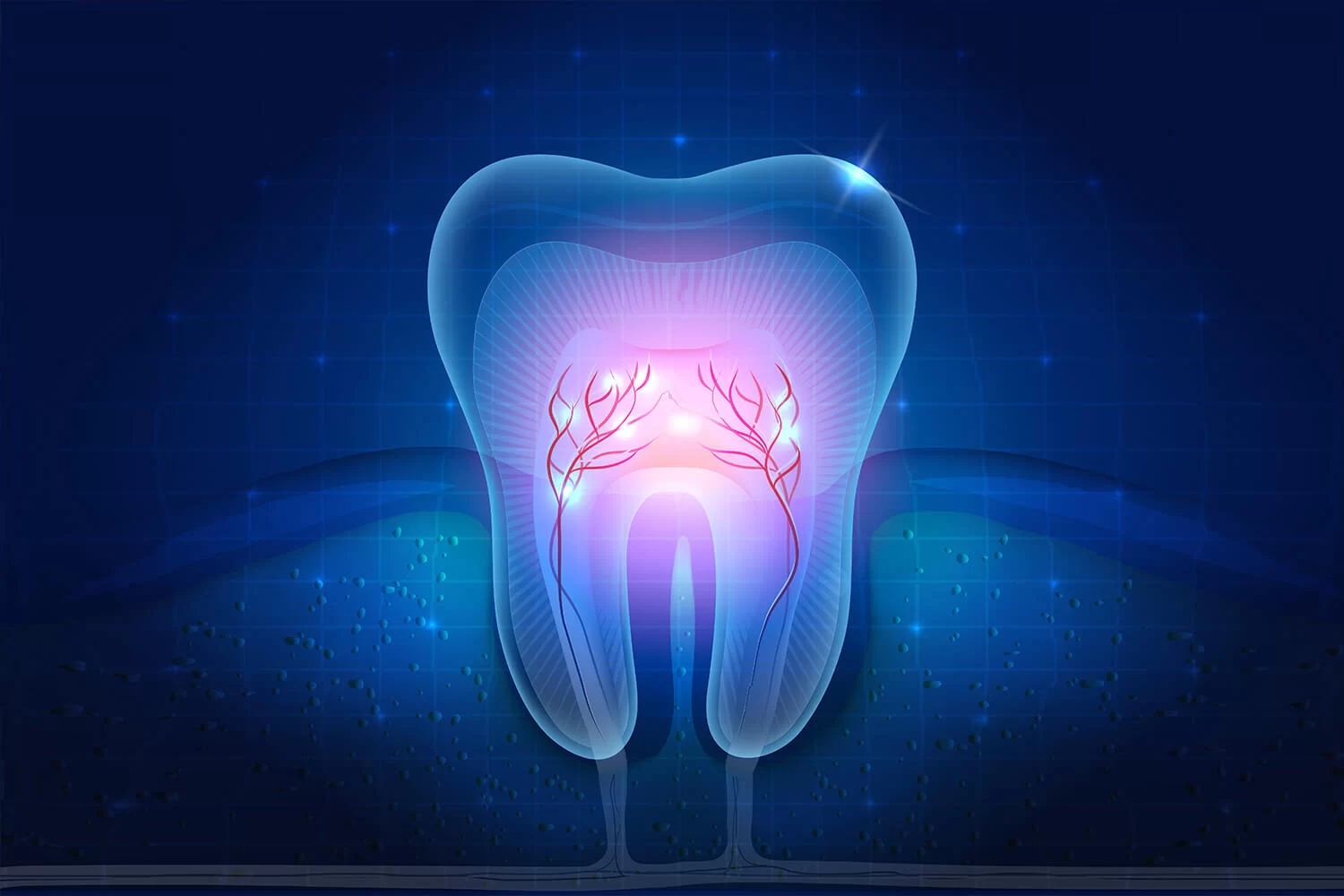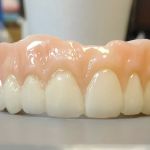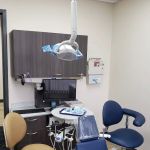
What Is Dental Pulp Therapy and When It’s Needed: A Complete Guide
- Understanding Dental Pulp Therapy
- Why Is Pulp Therapy Needed?
- Signs You Need Dental Pulp Therapy
- The Process of Dental Pulp Therapy
- Aftercare for Pulp Therapy
- Choosing the Right Dental Care for Pulp Treatment
Understanding Dental Pulp Therapy
Dental pulp therapy is a vital treatment designed to address issues that affect the pulp of a tooth. The pulp is the innermost part of the tooth, containing nerves, blood vessels, and connective tissue. When this area becomes infected or inflamed due to decay, trauma, or infection, dental pulp therapy becomes necessary to preserve the tooth and prevent further damage.
Sometimes referred to as root canal therapy, this treatment involves cleaning out the infected pulp and sealing the tooth. It’s often the most effective way to save a tooth that would otherwise need to be extracted.
Why Is Pulp Therapy Needed?
The need for dental pulp therapy arises when the pulp of a tooth becomes infected or severely damaged. This can happen for several reasons, including untreated cavities, deep tooth decay, cracks, or trauma to the tooth. If the infection or damage is not addressed, it can lead to an abscess, which could cause even more severe oral health problems.
Without dental pulp therapy, an untreated infection in the pulp may spread, leading to tooth loss or systemic health issues. Pulp therapy is often the best solution to save the tooth, alleviate pain, and prevent further complications.
Signs You Need Dental Pulp Therapy
One of the most obvious signs that you need dental pulp therapy is severe tooth pain. This pain may worsen when you chew or apply pressure to the affected tooth. Another common symptom is heightened sensitivity to hot or cold, which lingers even after the stimulus is removed. If you notice any of these signs, it’s important to consult a dentist as soon as possible.
Other signs that might indicate the need for pulp therapy include:
- Discoloration of the tooth (often a grayish or darkened hue)
- Swelling and tenderness in the gums near the affected tooth
- Persistent bad breath or a bad taste in your mouth
- Visible abscesses or pimples on the gums near the tooth
If you experience any of these symptoms, it’s critical to seek professional dental care immediately to avoid complications.
The Process of Dental Pulp Therapy
Dental pulp therapy typically follows a series of steps, beginning with an initial assessment by your dentist. After diagnosing the problem, the dentist will begin by numbing the area around the affected tooth with a local anesthetic to ensure a comfortable procedure. The next step is to create an opening in the tooth to access the pulp.
Once the pulp is exposed, the dentist will carefully remove the infected tissue and clean the area to ensure no bacteria remain. After cleaning, the tooth will be sealed with a filling material to prevent reinfection. If necessary, the dentist may also place a crown to restore the tooth’s appearance and function.
The entire process typically takes one or two visits to complete, depending on the severity of the condition. Many patients report feeling much better immediately after the procedure, with reduced pain and discomfort.
Aftercare for Pulp Therapy
After dental pulp therapy, proper aftercare is essential to ensure the tooth heals properly and to avoid complications. Your dentist will provide specific instructions, but some general tips include:
- Avoid chewing on the treated tooth until it has fully healed.
- Take prescribed medications, such as pain relievers or antibiotics, to prevent infection.
- Maintain good oral hygiene, but avoid brushing directly on the treated area for a few days.
- Attend follow-up appointments to ensure the tooth is healing properly.
Most patients recover from dental pulp therapy without major issues, but it's important to follow your dentist's guidance closely to avoid complications and ensure the best outcome.
Choosing the Right Dental Care for Pulp Treatment
Choosing a qualified and experienced dentist for dental pulp therapy is crucial to ensuring a successful outcome. Look for a dentist who has experience with root canal treatments and who uses modern tools and techniques for minimally invasive procedures. If you're unsure where to start, consider visiting Dentistry Toothtruth for expert advice and professional care.
Taking the time to find the right dental professional will help you feel more confident in your treatment and ensure that your dental health is in good hands.







 Mission Dental Arts5.0 (167 review)
Mission Dental Arts5.0 (167 review) Bristol Dental Group4.0 (183 review)
Bristol Dental Group4.0 (183 review) Assembly Square Family Dental4.0 (4 review)
Assembly Square Family Dental4.0 (4 review) Gregg W Jepson DMD5.0 (7 review)
Gregg W Jepson DMD5.0 (7 review) Panther Pediatric Dentistry - Euclid's Leading Sedation Location4.0 (301 review)
Panther Pediatric Dentistry - Euclid's Leading Sedation Location4.0 (301 review) Dr. Dunn H. Cumby, DDS4.0 (14 review)
Dr. Dunn H. Cumby, DDS4.0 (14 review) The Importance of Oral Health Education During Pregnancy for a Healthy Pregnancy
The Importance of Oral Health Education During Pregnancy for a Healthy Pregnancy Best Tips for Brushing Your Teeth Properly for Healthy Gums: Essential Techniques for Oral Health
Best Tips for Brushing Your Teeth Properly for Healthy Gums: Essential Techniques for Oral Health Why Skipping Dental Checkups Can Lead to Bigger Oral Health Problems
Why Skipping Dental Checkups Can Lead to Bigger Oral Health Problems Advantages of Porcelain Dental Restorations
Advantages of Porcelain Dental Restorations How Can Diabetes Cause Tooth and Gum Problems? Preventing and Managing Oral Health Issues
How Can Diabetes Cause Tooth and Gum Problems? Preventing and Managing Oral Health Issues Healthy Habits for Promoting Good Oral Health and Hygiene: Tips for a Healthy Smile
Healthy Habits for Promoting Good Oral Health and Hygiene: Tips for a Healthy Smile